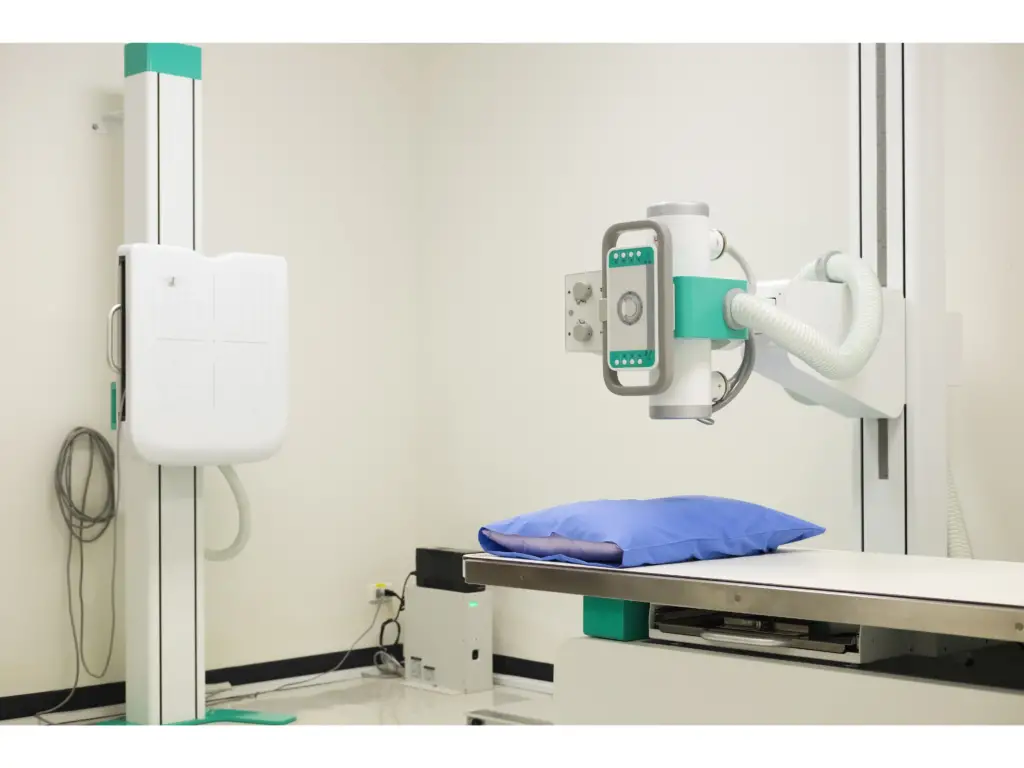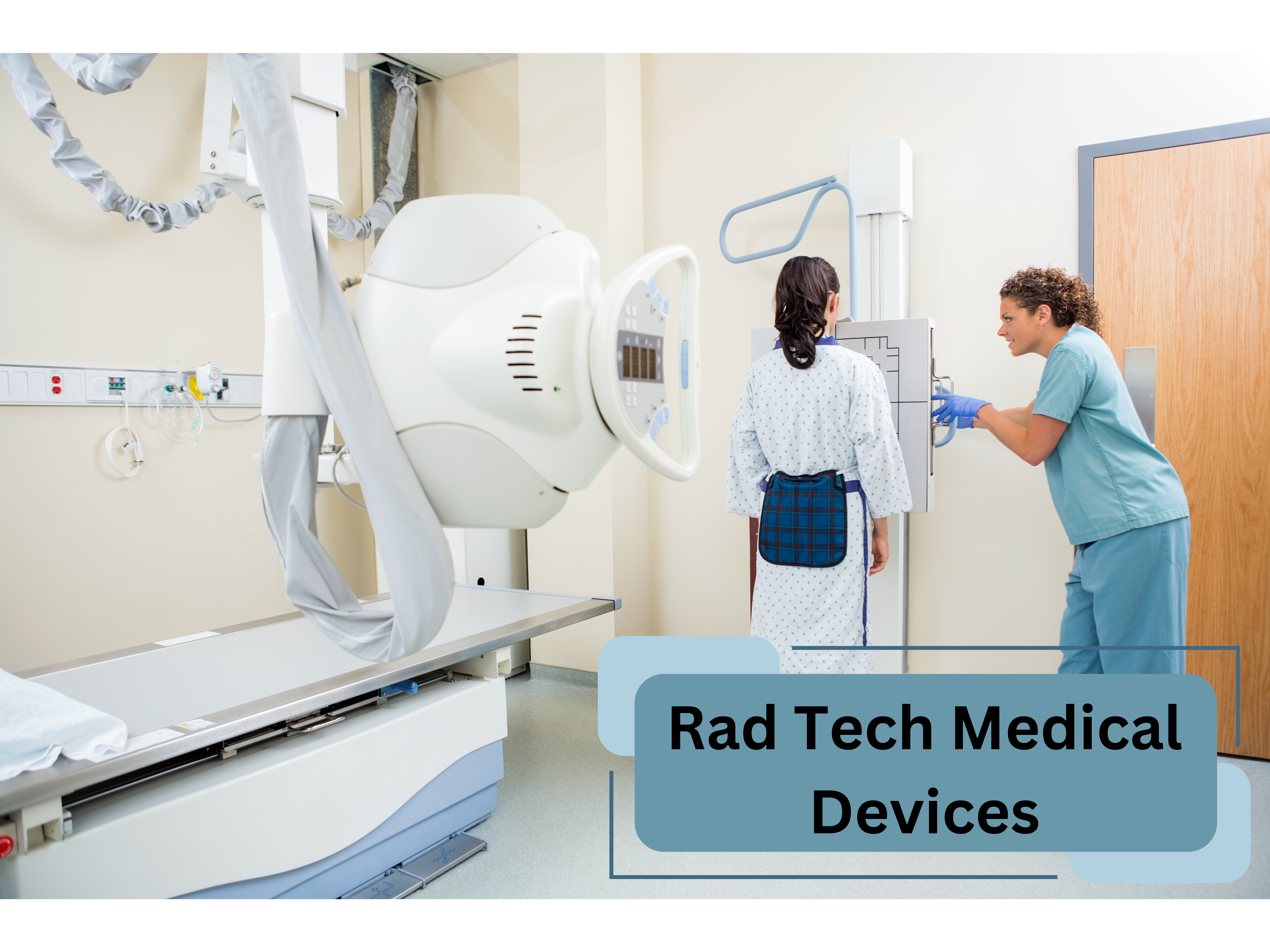In the ever-evolving landscape of medical technology, Rad Tech Medical Devices stand out as a beacon of innovation and advancement. These state-of-the-art instruments, designed for precision and efficiency, have reshaped the way professionals approach radiology and patient diagnostics. Dive into the world of these devices and explore their transformative impact on modern healthcare
The Evolution of Rad Tech Medical Devices
The world of medical technology is ever-evolving. At the forefront of this advancement is the development of Rad Tech Medical Devices. Moreover, These tools, combined with the expertise of radiologic technologists, revolutionize patient diagnostics and care.
Understanding Rad Tech Devices
Rad Tech medical devices refer to the equipment used in radiology. Radiologic Technologists operate these machines. They help capture images of the body’s internal structures. Hence, aiding doctors in making accurate diagnoses.
Benefits of Modern Rad Tech Tools
1. Precision and Accuracy: Beyond the Surface Details
In the intricate world of medical diagnostics, precision isn’t a luxury; it’s a necessity. Modern rad tech tools are designed with this principle at their core. Their capacity to produce high-resolution images means that doctors now have access to visuals with impeccable clarity. No longer does one have to squint and make educated guesses. Whether it’s spotting a tiny fracture or identifying subtle tissue changes, these devices leave no room for doubt. By providing detailed insights into the human body, they ensure that medical professionals can make informed, accurate decisions, resulting in better patient outcomes.
2. Speed: Time is of the Essence
In emergencies, time can mean the difference between life and death. Thankfully, the latest rad tech equipment is built for speed. Technological advancements have streamlined the imaging process, reducing the time it takes to capture, process, and present images. What might have taken hours, or even days, in the past can now be accomplished in mere minutes.
Further, This efficiency not only facilitates rapid diagnoses and treatment plans but also reduces patient anxiety. After all, waiting for crucial test results can be a nerve-wracking experience, and anything that alleviates this waiting period is a boon.
3. Safety: Prioritizing the Well-being of All
Historically, one of the concerns with radiological procedures was the exposure to radiation. However, with modern rad tech tools, this worry is being steadily alleviated. Contemporary devices are engineered to minimize radiation exposure without compromising on image quality. This focus on safety benefits not only the patient but also the technicians and radiologists who operate these machines daily. It’s a dual advantage – while patients can undergo necessary procedures with peace of mind, medical staff can perform their roles without the looming fear of long-term health repercussions due to repeated radiation exposure.
Diversity in Rad Tech Equipment
The array of devices in rad tech is vast. They cater to different needs and diagnostics. Some key devices include:
X-Ray Machines: The Pioneers of Imaging
When we think of radiology, X-rays are often the first thing that comes to mind. Serving as the foundation of rad tech, X-ray machines utilize a type of radiation to capture images of the internal structures of the body. Predominantly, they’re used to visualize bones, but they also play a role in highlighting abnormalities in certain organs.
Moreover, Recent advancements have led to the development of digital X-rays. These modern machines are more efficient and expose patients to significantly lower amounts of radiation. Furthermore, the clarity and detail in the images produced are unparalleled, ensuring that even the minutest fractures or anomalies can be spotted.

MRI Machines: Peering Deeper and with Detail
Magnetic Resonance Imaging (MRI) machines are marvels in the world of rad tech equipment. Unlike X-rays, which use radiation, MRI machines employ strong magnetic fields and radio waves to produce detailed images of organs and tissues inside the body.
The high-resolution images obtained from MRIs are crucial in diagnosing a plethora of conditions ranging from tumors to torn ligaments. Given the level of detail these machines provide, they’ve become indispensable in neurology, orthopedics, and cardiology, among other specialties.
CT Scanners: Comprehensive Views in Slices
Computed Tomography (CT) scanners are another pillar in the rad tech domain. At a glance, they might seem similar to X-ray machines. However, their functionality is more advanced. CT scanners take multiple X-ray images from different angles and then combine them using computer processing to produce cross-sectional views of the body. This ‘slicing’ provides a three-dimensional perspective, allowing for a more comprehensive analysis.
These scanners are particularly useful in trauma cases where rapid, detailed imaging can be the difference between life and death. They’re also essential in cancer diagnostics, where the precise size and location of tumors are paramount.
Ultrasound: The Gentle Sound Wave Explorers
Venturing away from the realm of radiation, we find ultrasounds, which employ high-frequency sound waves to produce images. A probe, called a transducer, emits these sound waves, which then bounce back after hitting various bodily structures. This ech0 convert into images.
Ultrasounds are the go-to equipment for obstetricians, offering a window into the womb, allowing both doctors and expectant parents to view the unborn baby. Beyond pregnancy, ultrasounds play a significant role in cardiology, where they help visualize the heart’s movement and function, and in various other applications from monitoring blood flow to guiding biopsies.
Radiologic Technologists: The Brain Behind the Machine
Amidst the buzzing world of medical technology, where cutting-edge machines continually redefine healthcare boundaries, stand the unsung heroes of radiology – the Radiologic Technologists. Further, These professionals are not mere operators; they’re the bridge connecting patients with the technological wonders that diagnose and guide treatment pathways.
Radiologic technologists undergo rigorous training, mastering the intricacies of rad tech tools. Their in-depth understanding of the equipment ensures that these devices are operated optimally, maximizing their potential. But it’s not just about pressing buttons and adjusting dials. These experts have a holistic knowledge, encompassing both the technical and the biological, making them indispensable in the imaging process.
Safety is paramount in the world of radiology, and radiologic technologists are its primary custodians. From ensuring that machines are maintained to perfection to guiding patients on safety protocols, they act as the first line of defense against potential hazards. Their meticulous nature ensures that radiation doses are minimized, all while obtaining images of the highest caliber.
Patient care, though, goes beyond safety. It’s about comfort, understanding, and empathy. Radiologic technologists excel in this regard. They prepare patients for procedures, alleviating anxieties, answering queries, and ensuring comfort. They understand that for many, the world of rad tech can be intimidating. Their compassionate approach, combined with their technical prowess, ensures that patients not only receive top-tier diagnostics but also feel understood and cared for.
The Future of Rad Tech Devices
The horizon of the medical field is one of perpetual evolution. With each passing day, the boundaries of what’s possible are pushed, challenged, and redefined. At the heart of this progression lie Rad Tech medical devices, poised for a future bright with innovation.
The momentum currently driving Rad Tech forward is unprecedented. With the incorporation of Artificial Intelligence (AI) and machine learning, these devices are not just evolving; they’re transforming. Imagine a world where machines can predict potential health issues before they manifest, or where they can provide real-time guidance during surgeries. With AI, these scenarios are not mere science fiction; they’re on the cusp of reality.
Machine learning, a subset of AI, promises even more refined diagnostics. By analyzing vast amounts of data, these systems can recognize patterns, anomalies, and subtle changes that might be missed by the human eye. The potential for early diagnosis and tailored treatments is immense, promising better patient outcomes and streamlined healthcare processes.
Conclusion
In conclusion, Rad Tech medical devices and radiologic technologists work hand-in-hand. Together, they are transforming the realm of patient care and diagnostics. As technology continues to advance, the horizon looks promising for the world of radiology.

